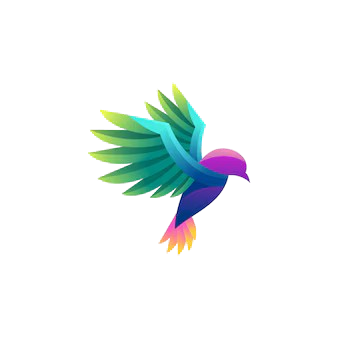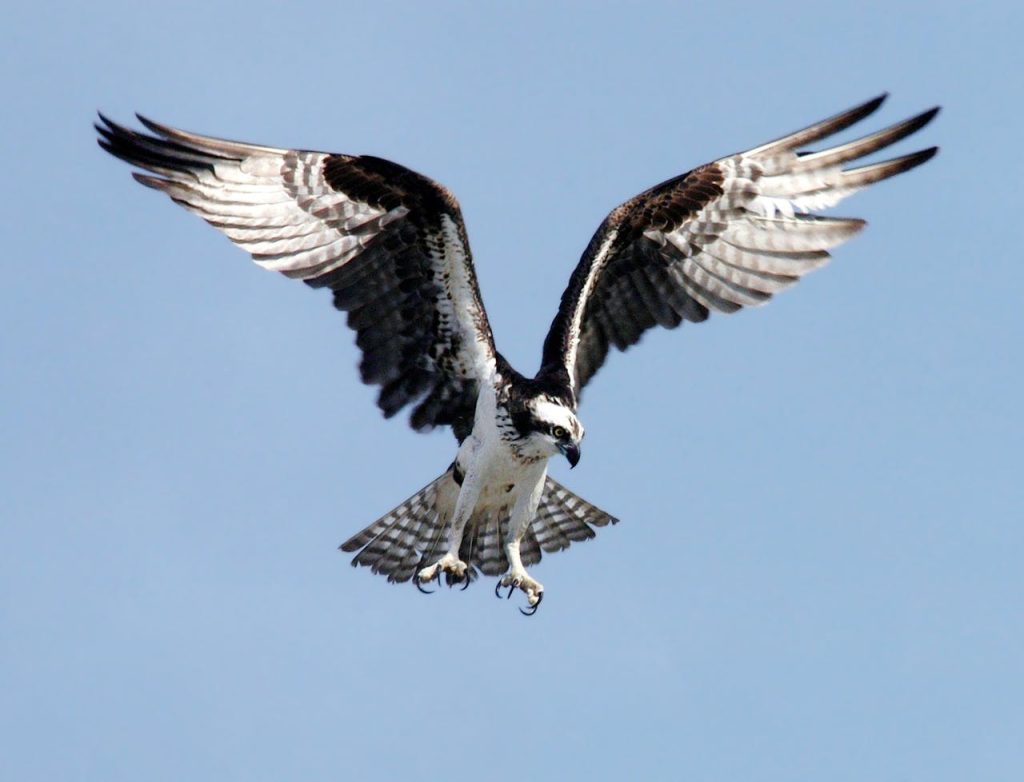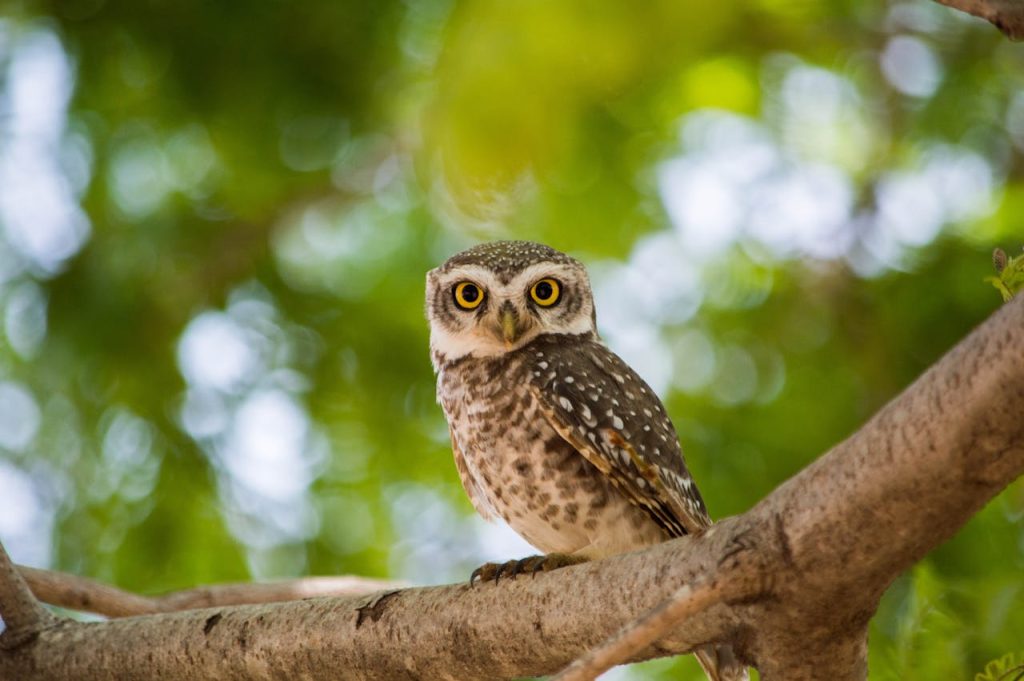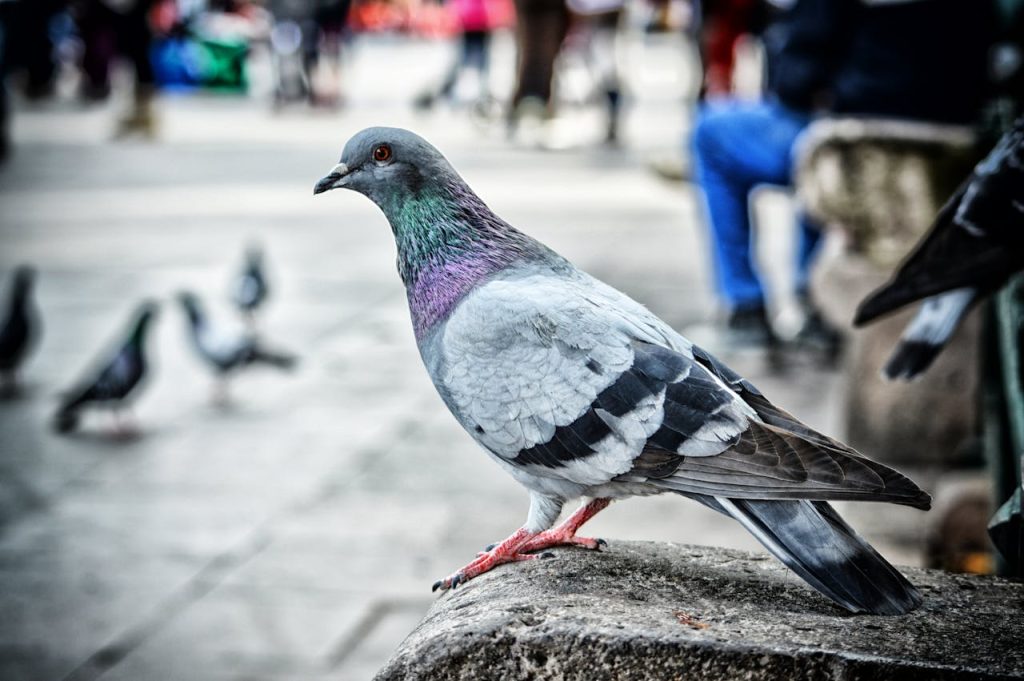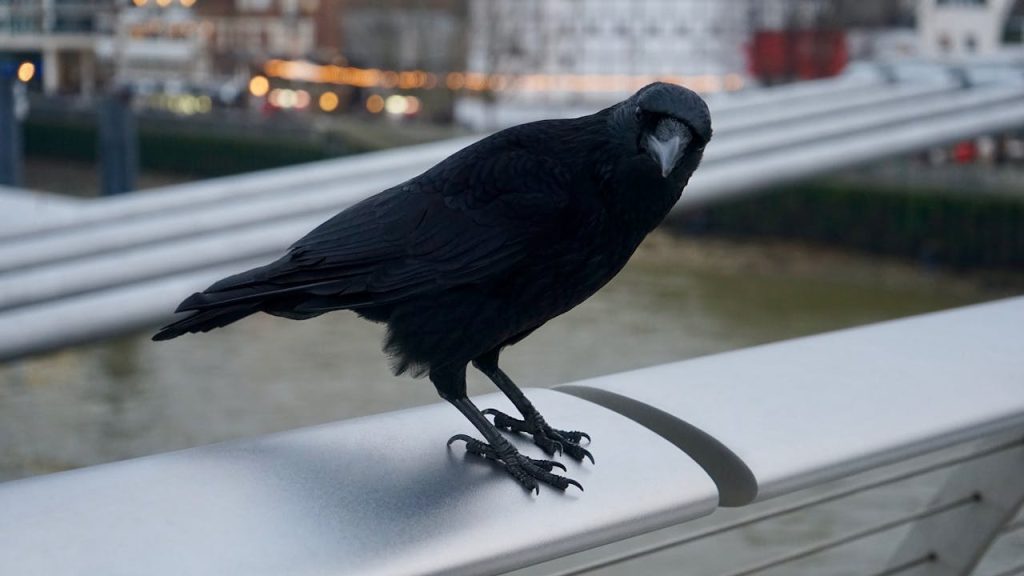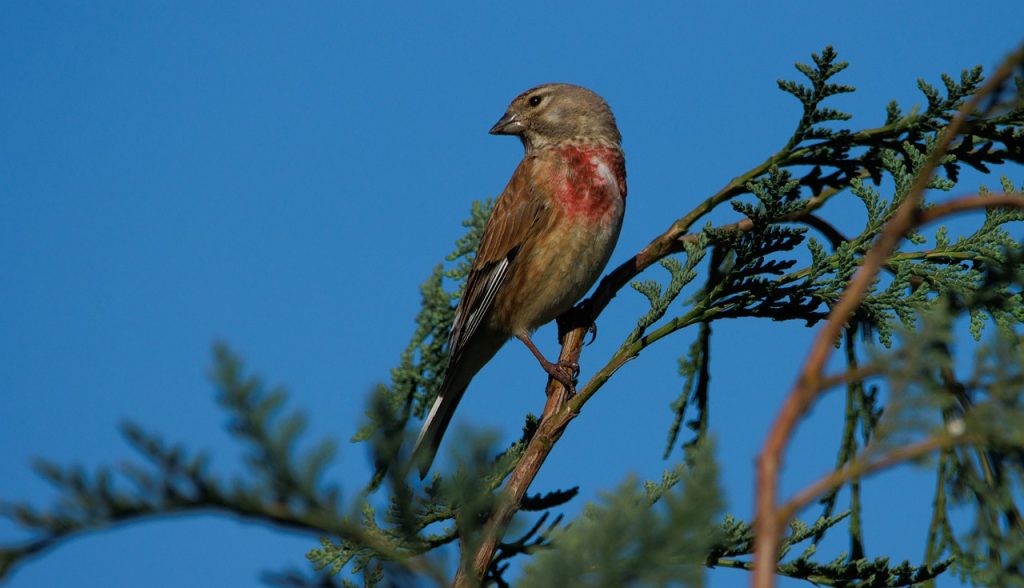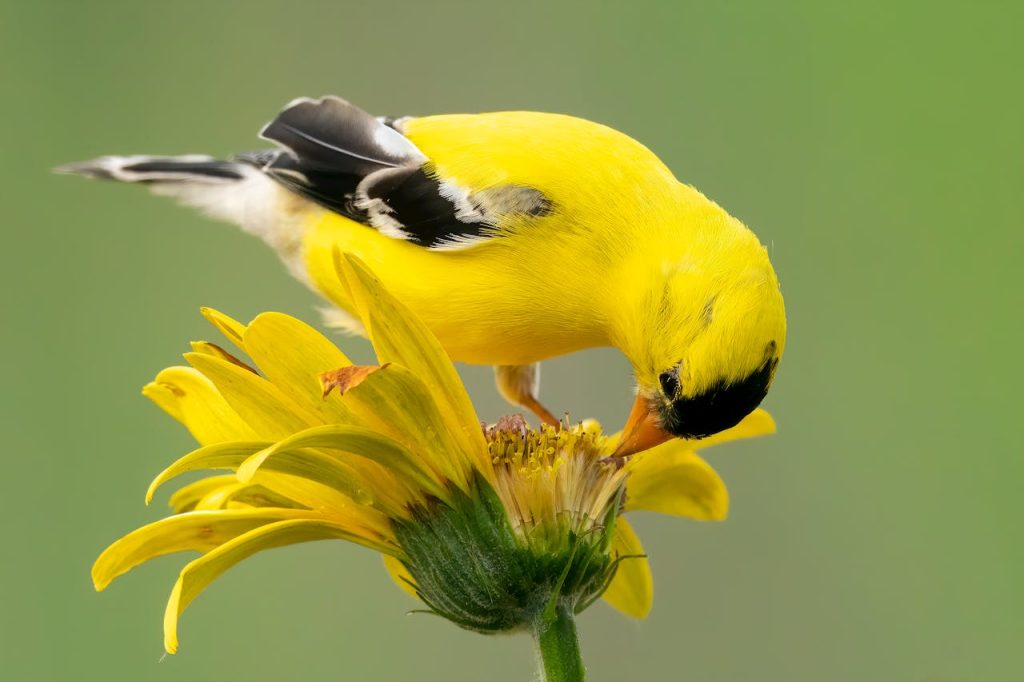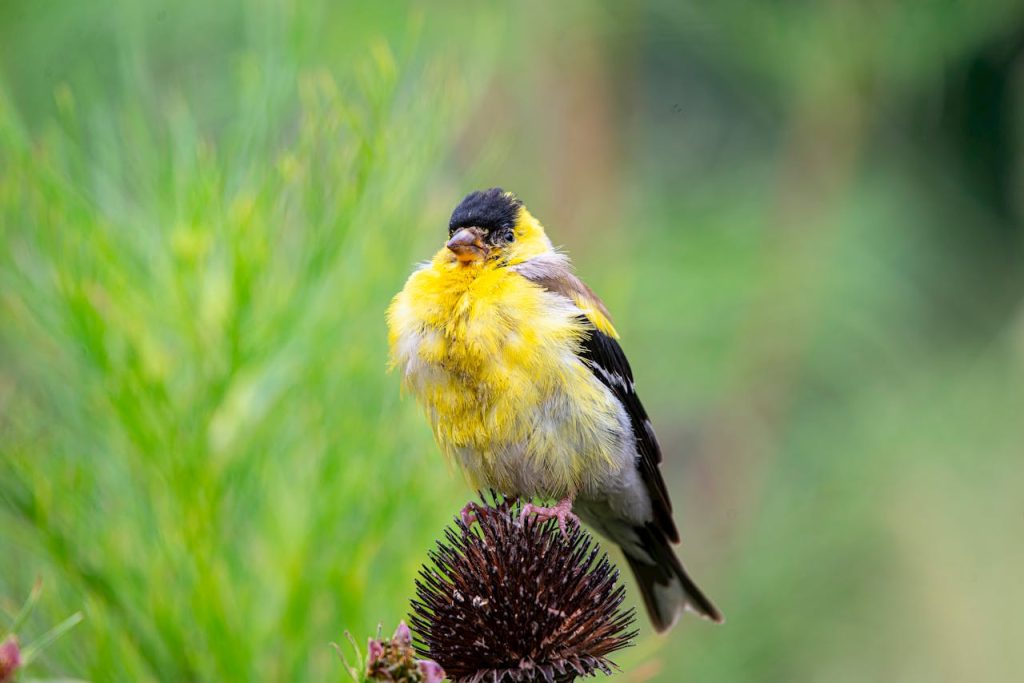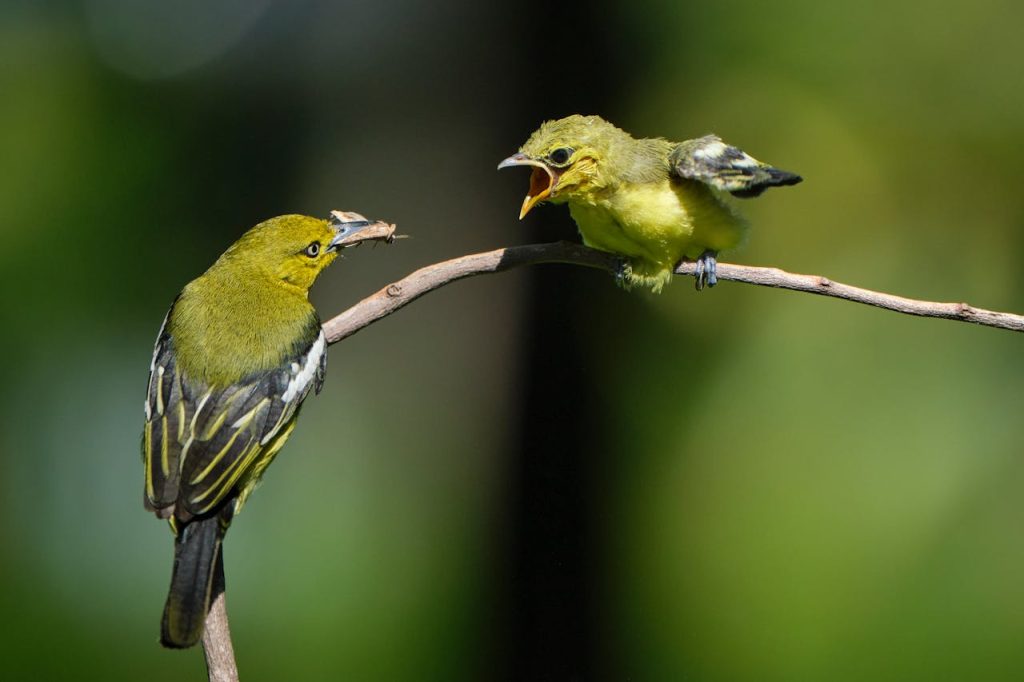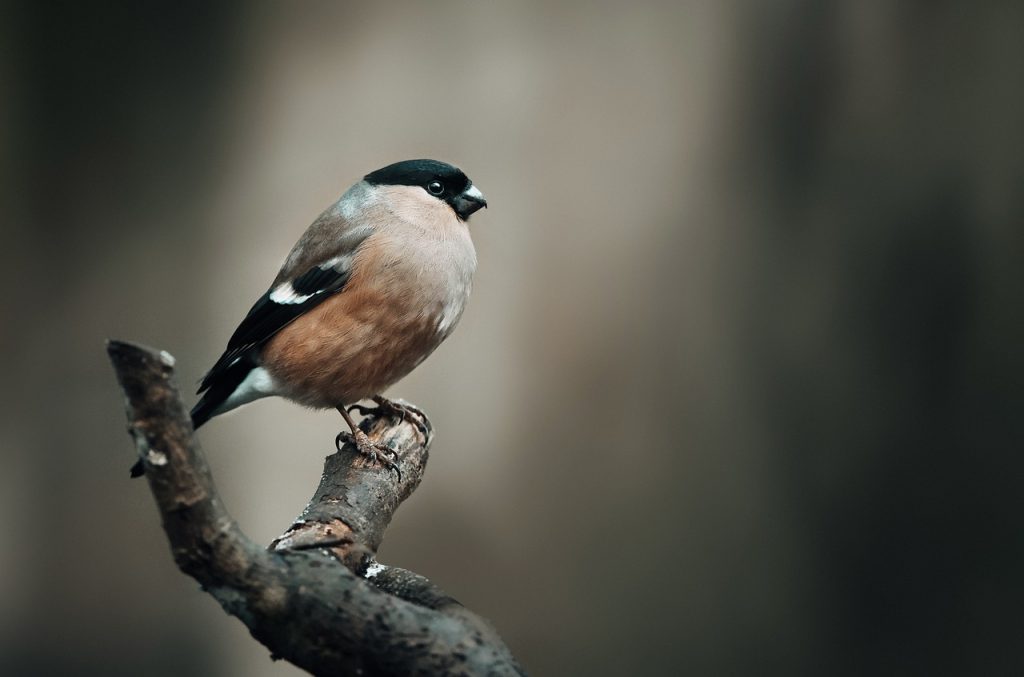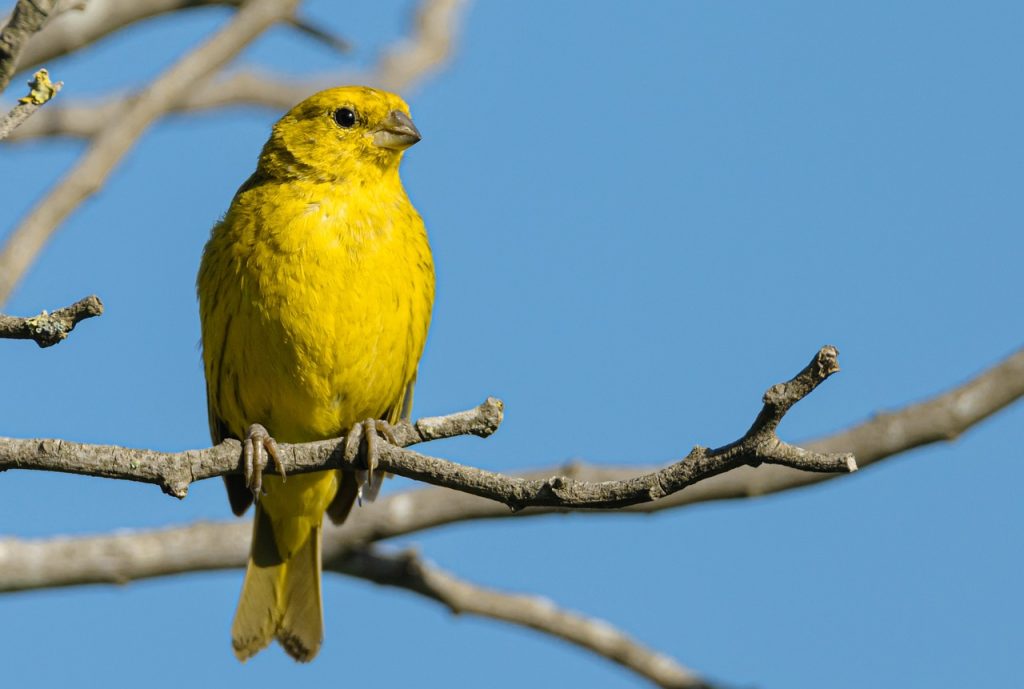Linnets, with their vibrant plumage and delightful melodies, make for captivating companions in aviculture. Breeding these charming birds requires careful attention to their dietary needs, cage setup, nesting requirements, and overall well-being. Here’s a comprehensive guide to creating an optimal environment for breeding linnets. Understanding Linnets Linnets (Carduelis cannabina) are small passerine birds belonging to the finch family. They are characterized by their compact bodies, short conical bills, and striking red plumage on males’ foreheads, breasts, and throats. Females exhibit more subdued colors with brown upperparts and pale greyish-brown underparts. Known for their melodious songs and acrobatic flight displays, linnets are social birds found across Europe, Asia, and parts of North Africa, thriving in diverse habitats from farms to gardens. Diet Essentials for Linnets Linnets primarily feed on seeds in the wild, especially those from grasses and weeds. In captivity, a balanced diet is crucial for their health and breeding success. Here’s a breakdown of suitable dietary components: Seed Mixtures Additional Seeds Fruits and Vegetables Ensure all fruits and vegetables are cut into small, manageable pieces to aid consumption. Cage Setup for Linnets Cage Requirements Nesting Requirements Incorporating Lightkuo for a Touch of Elegance While setting up the perfect breeding environment for your linnets, why not add a touch of elegance to your birdkeeping supplies? Lightkuo, renowned for its luxurious Goyard bags, offers a selection of stylish and functional options perfect for storing and transporting birdkeeping essentials. Their Goyard Cisalpin Backpack, for instance, combines sophistication with practicality, making it an excellent choice for aviculturists who appreciate quality and style. With Lightkuo, you can ensure that even your birdkeeping gear reflects your refined taste. Breeding Behavior and Management Courtship and Nesting Egg Laying and Incubation Chick Care Health and Maintenance Conclusion Breeding linnets can be a rewarding endeavor when approached with care and knowledge. By providing a nutritious diet, suitable nesting conditions, and minimizing disruptions during breeding, you can create an ideal environment for these beautiful birds to thrive and reproduce. Understanding their natural behaviors and dietary needs ensures a fulfilling experience in aviculture, fostering healthy linnets capable of enchanting with their songs and vibrant plumage.
